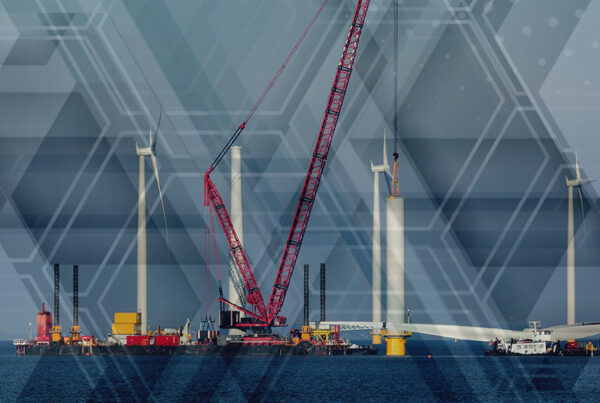Westwood’s NW Europe Atlas platform allows companies to review past, present and future E&A drilling activity. It provides analysis on exploration performance, risks and opportunities, including well-by-well commercial and technical data, and helps understand the key drivers for industry performance at a geographical and corporate level.
Whilst 2020 has seen levels of exploration drilling collapse in response to the COVID-19 pandemic and subsequent oil price crash, exploration performance has improved. A total of 15 exploration wells have completed to date in 2020 at a cost of US$581 million of which seven are considered to have made commercial discoveries with total resources of 229 mmboe, giving a 47% commercial success rate (CSR) and an overall finding cost of US$2.5/boe. The accompanying time-lapse video shows the exploration successes and failures of the year so far.
Norway
To date in 2020, 13 exploration wells have completed including five which were successful, giving a 38% CSR. The largest discovery of the year so far in Norway is Wintershall’s Middle to Lower Jurassic 6406/3-10 Bergknapp discovery with resources of 25 – 97 mmboe in the Norwegian Sea. Other discoveries include MOL’s 25/8-19 Iving/Evra well which made a discovery in Eocene, Paleocene, Lower Jurassic, Triassic and Basement intervals with resources of 12 – 71 mmboe and Equinor’s 15/3-12 Sigrun East Middle Jurassic discovery with resources of 7 – 12 mmboe, both in the North Sea. Equinor’s 30/2-5 Atlantis and 34/7-E-4 AH Lomre wells were successful in making discoveries in the Middle Jurassic in the North Sea. Atlantis has resources of 19 – 63 mmboe and is expected to be tied back to nearby infrastructure, whilst Lomre was a sidetrack from a previous development well at the Snorre field and has resources of 5.5 – 9.5 mmboe.
As of 21 July, four exploration wells remain active in Norway. Three wells are in the North Sea, the most recent to spud being Equinor’s 35/11-24 S Swisher well on 13 July, which is targeting the Upper Jurassic. Spirit Energy’s 16/1-33 S Sørvesten well spudded on 10 July and is targeting the Middle Jurassic. Neptune’s 34/4-15 S Dugong exploration well spudded 18 June, also targeting the Middle Jurassic, remains ongoing and a sidetrack well is planned, following a discovery in the initial hole. In the Barents Sea, Equinor’s 7219/9-3 Mist exploration well in the Johan Castberg region spud on 12 July and is targeting the Lower Jurassic. This is the second well to be drilled in the Barents Sea region this year.
A further 13 exploration wells are expected to spud and complete during the remainder of the year, giving a total of 30 exploration wells expected in Norway for 2020.
UK
To date in 2020, there have been two exploration completions. Apache’s 9/18e-42Z Solar well in the Northern North Sea was an Eocene discovery in the Beryl area and Total’s 30/12d Isabella well in the Central North Sea made an HPHT discovery in the Triassic and Jurassic close to the J-Block hub. Both wells are considered commercial as tie-backs to adjacent infrastructure, however an appraisal well is required at Isabella to confirm volumes.
As of 21 July, there was one active exploration well drilling in the UK, at Apache’s 9/18a-43Z Gair well, which is targeting the Jurassic and in the success case will be developed as a tie-back to the operator’s Beryl field infrastructure. The well was spudded on 30 May and sidetracked on 4 July.
In addition to Gair, a further two exploration wells are expected to spud and complete before the end of 2020, giving a total of five exploration wells expected to complete this year. This is the lowest number of exploration wells in the UK since the 1960s when exploration began, driven primarily by the impact of COVID-19 and the subsequent oil price crash.
For more information please contact;
Technical – Dave Moseley, [email protected]
Sales – Valentino Monroy Gomez, [email protected]




